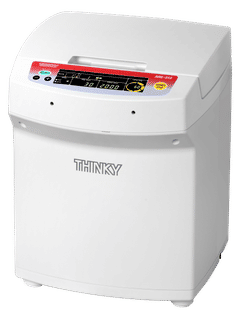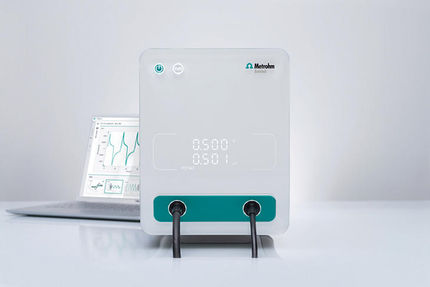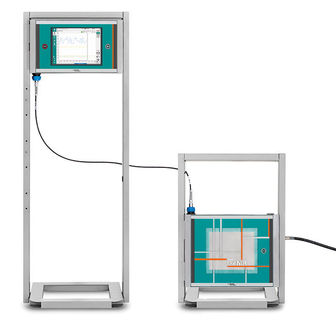To use all functions of this page, please activate cookies in your browser.
my.chemeurope.com
With an accout for my.chemeurope.com you can always see everything at a glance – and you can configure your own website and individual newsletter.
- My watch list
- My saved searches
- My saved topics
- My newsletter
Fermi surface of superconducting cuprates
Product highlightThe electronic structure of superconducting cuprates, also called high temperature superconductors (HTSC), is highly anisotropic. First, the cuprates are almost two-dimensional (2D): the conducting electrons are manly localized in the CuO2 layers, the common building blocks of all HTSC compounds (e.g., see the crystal structure of YBCO or BSCCO). Therefore, the Fermi surface of HTSC is very close to the Fermi surface of the doped CuO2 plane (or multi-planes, in case of multi-layer cuprates) and can be presented on 2D reciprocal space (or momentum space) of CuO2 lattice. The typical Fermi surface within the first CuO2 Brillouin zone is sketched in Fig. 1 (left). It can be derived from the band structure calculations or measured by angle resolved photoemission spectroscopy (ARPES). Fig. 1 (right) shows the Fermi surface of BSCCO measured by ARPES. In a wide range of charge carrier concentration (doping level), in which the hole-doped HTSC are superconducting, the Fermi surface is hole-like [4] (i.e. open, as shown in Fig. 1). This results in an inherent in-plane anisotropy of the electronic properties of HTSC.
References
Categories: Condensed matter physics | Superconductivity |
| This article is licensed under the GNU Free Documentation License. It uses material from the Wikipedia article "Fermi_surface_of_superconducting_cuprates". A list of authors is available in Wikipedia. |







